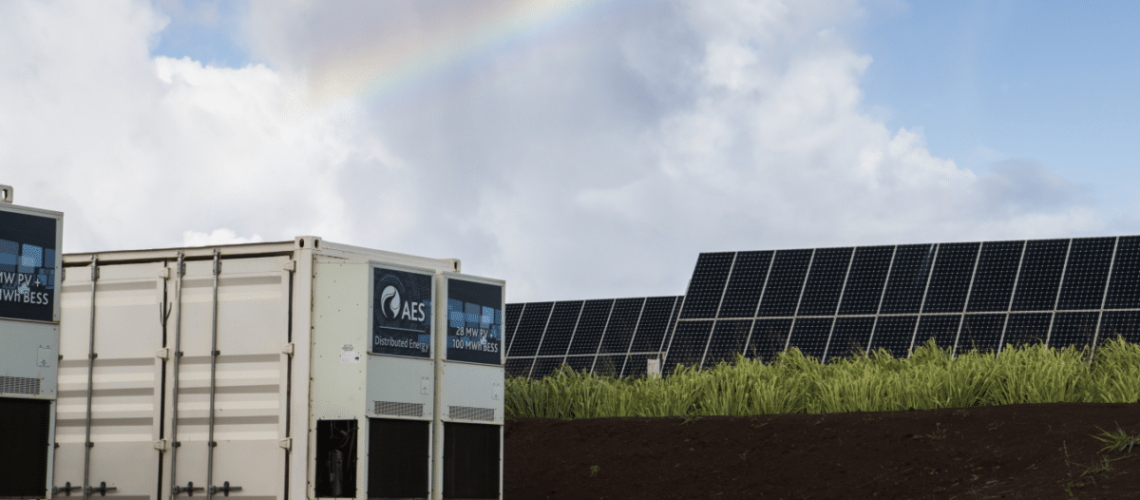A recent webinar by Clean Energy States Alliance highlighted how the Investment Tax Credit for standalone storage has supercharged growth, but new import duties and supply chain risks could slow progress.
A recent webinar hosted by the Clean Energy States Alliance (CESA) and the Energy Storage Technology Advancement Partnership discussed the state of the U.S. storage industry in 2024 and what’s next in 2025.
As of November 2024, energy storage capacity in the U.S. surpassed 25,000 installed megawatts; though deployment began scaling rapidly in 2021, it took off significantly in two years later.
“Standalone energy storage became eligible for the Investment Tax Credit in January 2023,” explained Todd Olinsky-Paul, a senior project director at CESA, noting that the ITC coupled with state-level policies likely spurred the spike in deployments.
The 30% tax credit has been “fundamental” to the storage industry’s growth, said Joan White, the director of storage and interconnection policy at the Solar Energy Industry Association (SEIA).
“We’ve seen year-over-year growth in the range of 80-85 percent in storage over the last two years,” she noted. “It’s no surprise that there have been efforts to repeal certain provisions of the IRA, including the standalone storage tax credit, to support and balance the budget.”
“We don’t need to convince everyone it’s worth keeping, but we do need to convince some key Republican allies,” White added.
Rapidly changing trade policies also add to the uncertainty. A new 10% tariff on Chinese goods and an in-process antidumping and countervailing (AD/CVD) suit by American storage manufacturers could disrupt supply chains.
The International Trade Commission and Department of Commerce announced this week it will move forward with AD/CVD investigations into certain Chinese battery components. If countervailing duties are imposed, White explained, “we could see tariffs up to 800-900% on active anode materials, which would have dramatic impacts on the electric vehicle and storage industries.”
And, concerns over China’s dominance in battery manufacturing are growing.
“They have a massive overcapacity problem, and that becomes a problem for us in the United States as we try to build that capacity domestically,” Jim Greenberger, the executive director of NAATBatt said. “As long as they keep their factories running, it will undercut efforts to build a domestic U.S. supply chain.”
AI and data centers drive demand
Artificial intelligence (AI) and data centers are also driving new demand for storage, particularly as AI-driven energy demand fluctuates significantly throughout the day.
“By 2028, the electricity demand from AI data centers could account for 12% of the total U.S. electricity demand, or roughly equal to all the electricity produced by renewable sources connected to the grid today,” Greenberger said. “Storage will be essential to balance the energy load.”
Looking forward, Russ Weed, the president of CleanTech Strategies, expects the industry to adopt financing models that can provide revenue stability.
“Tolling agreements have long been used for natural gas power plants, and now we’re seeing them emerge for energy storage as a way to guarantee revenue,” he said.
The webinar also included a discussion of state-level storage policy frameworks and updates to fire code language around energy storage following the Moss Landing battery fire.



